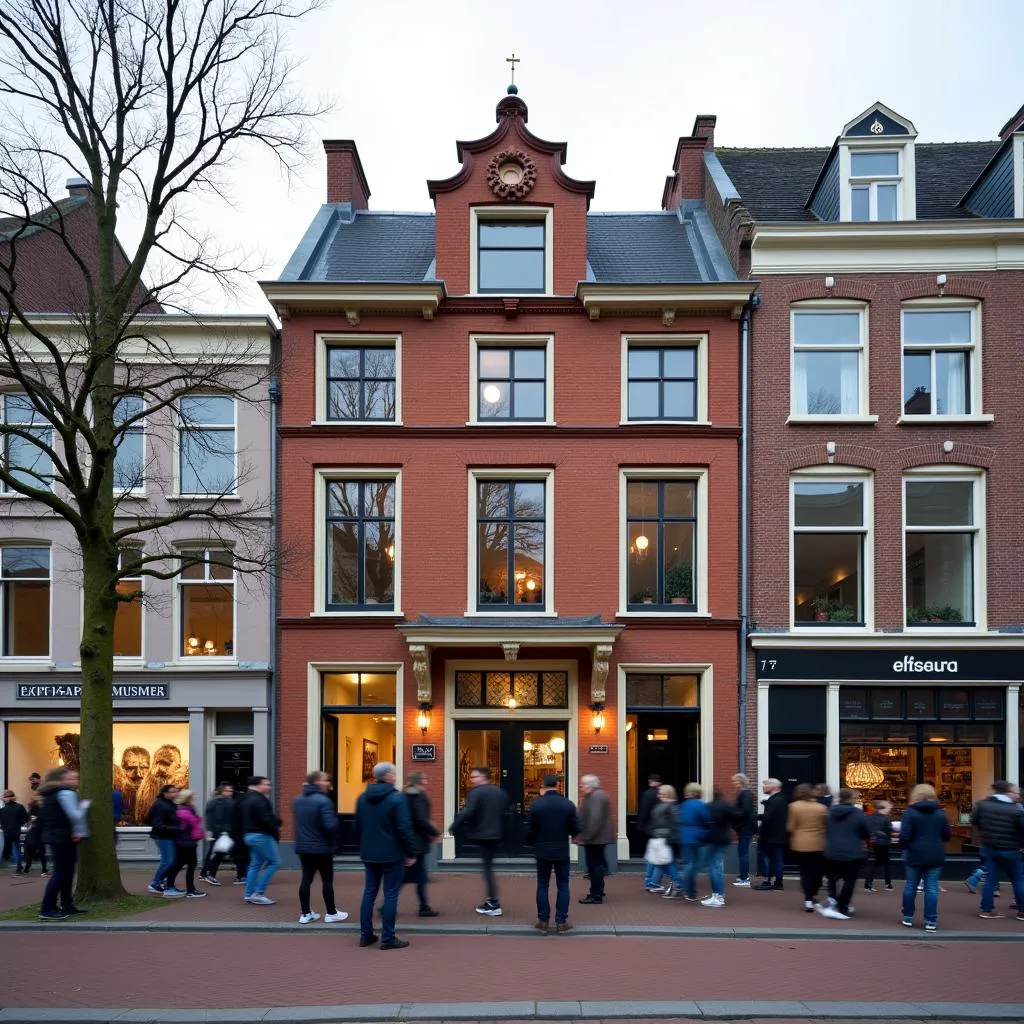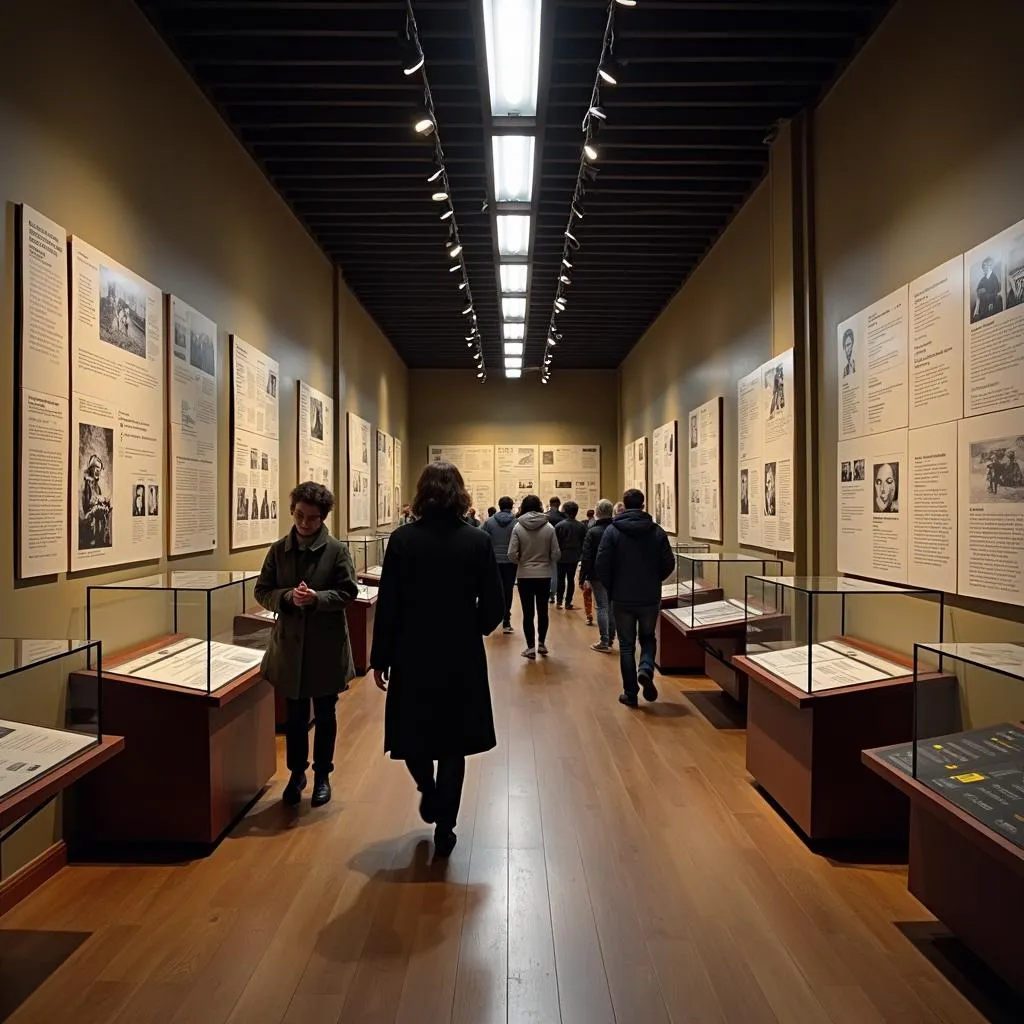The Anne Frank House in Amsterdam stands as a poignant testament to history, drawing millions of visitors annually. This article delves into the commercial aspects surrounding this iconic landmark, exploring its impact on tourism, local businesses, and the preservation of Anne Frank’s legacy.
The Anne Frank House: A Global Attraction
The Anne Frank House isn’t just a museum; it’s a pilgrimage site for many. Anne Frank’s diary, chronicling her family’s life in hiding during World War II, has touched countless hearts worldwide. This global recognition translates into a constant influx of visitors, significantly boosting Amsterdam’s tourism industry.
Commercial Impact on Local Businesses
The surge in tourism driven by the Anne Frank House has had a ripple effect on local businesses. Restaurants, cafes, souvenir shops, and hotels in the vicinity thrive on the constant footfall. This symbiotic relationship highlights how historical landmarks can be economic engines, fostering growth and employment opportunities.
 Anne Frank House Museum Exterior
Anne Frank House Museum Exterior
Balancing Commerce and Preservation
Managing a site as historically and emotionally significant as the Anne Frank House requires a delicate balance between commercialization and preservation.
-
Ticket Sales and Revenue: Revenue generated from ticket sales plays a crucial role in maintaining the museum, funding educational programs, and supporting initiatives that promote Anne Frank’s message of tolerance and understanding.
-
Controlling Commercialization: The Anne Frank House foundation strictly monitors commercial activities within and around the museum. This ensures that the site’s integrity and respect for Anne’s story are upheld while allowing for sustainable tourism.
 Anne Frank House Museum Interior
Anne Frank House Museum Interior
The Future of the Anne Frank House
As technology evolves, so does the museum experience. The Anne Frank House embraces digital advancements to enhance visitor engagement while preserving the authenticity of the site.
-
Virtual Tours and Online Resources: Virtual tours and online exhibits broaden access to Anne’s story, reaching those unable to visit in person. These initiatives also generate revenue that contributes to the museum’s sustainability.
-
Balancing Physical and Digital Experiences: The Anne Frank House strives to find a harmonious balance between physical and digital engagement. While technology enhances accessibility, the museum recognizes the importance of the tangible, emotional connection visitors experience when walking through Anne’s former hiding place.
Conclusion
The Anne Frank House stands as a powerful reminder of history’s ability to shape the present. Its commercial impact extends beyond mere economics, contributing to the preservation of a vital legacy and promoting a message of hope amidst adversity. As we move forward, finding a sustainable balance between commerce and preservation ensures that future generations can continue to learn from Anne’s story.